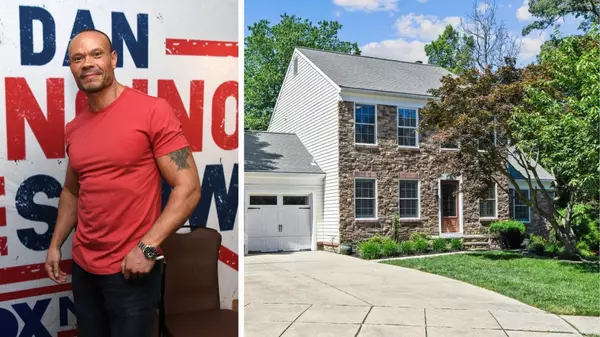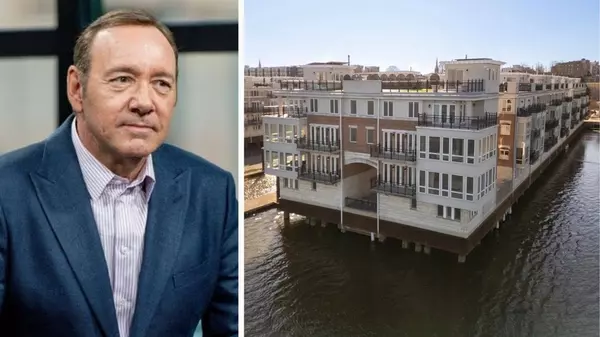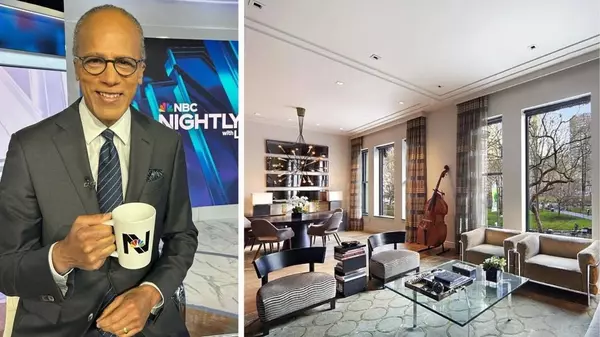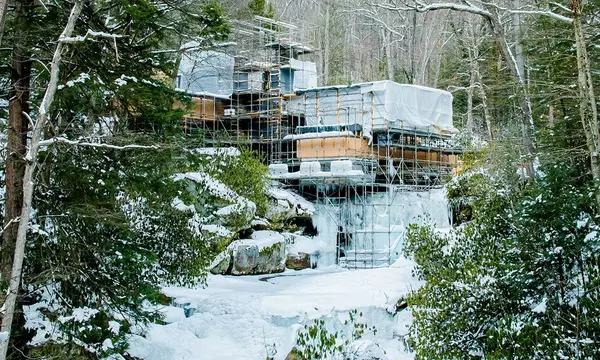Trump’s Tariffs May Have Little Impact on New-Home Prices, Experts Say

Rebecca Noble/Getty Images
President-elect Donald Trump has vowed to impose sweeping new tariffs on imports, leading his critics to argue that the plan will raise prices and spur inflation.
When it comes to new-home construction, however, numerous industry experts who spoke to Realtor.com® expressed skepticism that tariffs would drive a significant increase in new-home prices.
Tariffs, which are taxes on imported goods, are typically paid to the government by the U.S. business importing those goods. In most cases, the cost is passed along to consumers in the form of higher prices.
On the campaign trail, Trump touted tariffs as a measure to boost domestic manufacturing and prevent U.S. jobs from going overseas. In remarks, he has floated new tariffs of 60% on all goods from China, and 10% to 20% on imports from all other nations.
On Monday, Trump signaled his intent to follow through on his tariff vow by nominating Wall Street executive Howard Lutnick for Commerce secretary.
Trump said that Lutnick would “lead our Tariffs and Trade agenda, with additional direct responsibility for the Office of United States Trade Representative.”
Still, many of the details about Trump’s tariffs plan remain unclear, including what rates he’d seek to apply to various nations, how quickly they’d be imposed, and whether any categories of goods would be exempt. Those details could ultimately determine what impact tariffs have on homebuilders and new-home prices.
Nearly 10% of building materials used in residential construction are imported, according to the National Association of Home Builders. Industry experts say dimensional lumber from Canada probably accounts for the bulk of those imports, followed by fixtures and finishes from a variety of nations.
“Any tariffs that raise the cost of building products are going to flow directly to the consumer, and this will have a detrimental effect on housing affordability,” says NAHB CEO Jim Tobin.
However, many homebuilders and industry insiders are skeptical that Trump’s tariffs will have much of a long-term impact on new-home prices.
“I have an overall concern about what I call the ‘affordability crisis,’ but tariffs, for me, it’s like worrying about a hangnail when you have cancer and congestive heart failure. I think there’s way bigger problems,” says Stephen Haines, president of Artisan Built Communities, a homebuilder based in Georgia.
From Haines’ perspective, high interest rates and supply chain bottlenecks are the biggest hurdles to building more homes at an affordable price range.
Interest rates, he says, deliver a double whammy, making it more expensive for builders to borrow money to finance construction, as well as raising monthly mortgage costs for homebuyers.
And in recent years, Haines says, the cost and supply of raw materials haven’t been the biggest driver of price increases for building supplies, but rather choke points and delays in processing and delivering finished goods.
As for tariffs, Haines says the imported fixtures he uses in homes, such as countertops from South America, are typically optional upgrades requested by the homebuyers.
“Whoever’s paying for that is usually paying for that as an option,” he says.
On the other hand, the windows, doors, and cabinets he uses in homes are made domestically. Unless they rely on raw materials that are imported, they should be little affected by tariffs.
“It could be a pass-through expense, where I see those products rise because their raw materials make their prices go up, but I still think it’s negligible compared to interest rates and supply chain issues,” he says.
Gabriel Rodriguez, president of Miami-based logistics firm A Customs Brokerage, says that many of his homebuilder customers have already shifted their supply chains away from China following tariffs imposed on that country during the first Trump administration.
It’s led to a boom in production of home fixtures and finishes in nations with friendlier U.S. relations, which are less likely to face steep tariffs in Trump’s second term, he says.
“Kitchen sinks, for example, went from China to Malaysia and Indonesia, and one of our customers is now talking about sourcing them out of Mexico or Dominican Republic,” says Rodriguez. “We’ve also seen it with flooring, which moved away from China, went to India, went a little bit back to Brazil, to Ecuador.
“What we’ve seen successful companies do in the last few years is, they’ve diversified their supply chains,” he adds. The increased number of supplier options could come in handy for builders if imports from a particular nation come into the tariff crosshairs during Trump’s term.
A steep tariff on Canadian lumber would likely hit homebuilders the hardest—and could raise the prices of new homes, at least temporarily. But observers are skeptical that Trump would impose a steep, immediate tariff on such a fundamental raw material imported from a close ally.
Because Trump’s stated purpose in imposing tariffs is to boost American jobs, National Association of Realtors® Chief Economist Lawrence Yun said that it’s possible any tariff on lumber could be imposed over a ramp-up period to allow U.S. timber mills to boost production.
“If they do a gradual process where there’s a possibility of increasing, ramping up lumber factories or lumber yards in, say, Oregon or state of Washington, and we have more domestic production, I guess in the long term, it may not be so much of an impact. But in the short term, it could boost some of the input costs related to the home construction,” Yun said on a recent call with journalists.
The impact any new tariffs have on homebuilders could also depend on what phase of the home construction process the builder is in, says Realtor.com senior economist Ralph McLaughlin.
“For those that have already acquired the land and materials, there shouldn’t be any additional impact on home prices. For those that have acquired land but not materials, homebuilders will either have to pass the additional costs on to the homebuyer, take a hit on their profit margin, or a combination of both,” he says.
But, says McLaughlin, for builders who haven’t yet acquired the land or the materials, the impact on end home price “should be negligible” since the higher materials cost will be deducted from the land price when builders put together their development pro forma, which calculates what they can pay for the land.
Categories
Recent Posts











676 N Michigan Ave. Ste 3010, Chicago, IL, 60611, United States